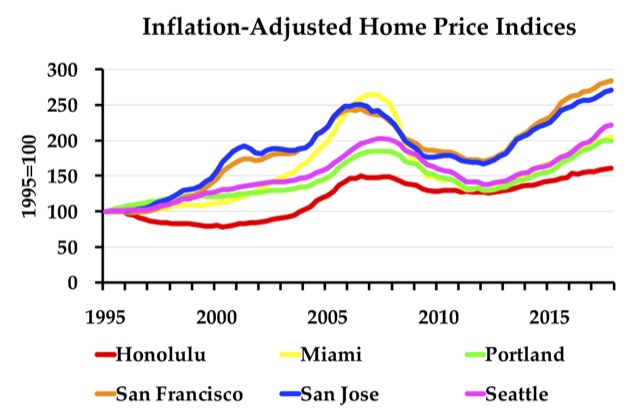Transit is “obsolete and costs taxpayers billions, yet its ridership and productivity continue to decline,” observes an op-ed in Governing magazine, concluding that, “we should stop subsidizing it, saving taxpayers’ tens of billions of dollars a year.” More data supporting this position can be gleaned from the March ridership data recently published by the Federal Transit Administration.
In addition to ridership numbers, the FTA spreadsheet also includes revenue-vehicle miles. I’ve now enhanced that worksheet to include annual, agency, and urban area totals and have uploaded the result. (If you downloaded yesterday’s file after about noon Pacific Time, it already includes this update.)
Previous data have shown that, as some cities build light rail, they cut bus service, thus losing more bus passengers than they gain in rail riders. That may influence March numbers, but it is not the only factor. For example, Los Angeles Metro increased light-rail service by 3.7 percent while it cut bus service by 2.7 percent. Yet both bus and light rail lost riders: light rail declining 7.5 percent and bus 9.6 percent. Continue reading








